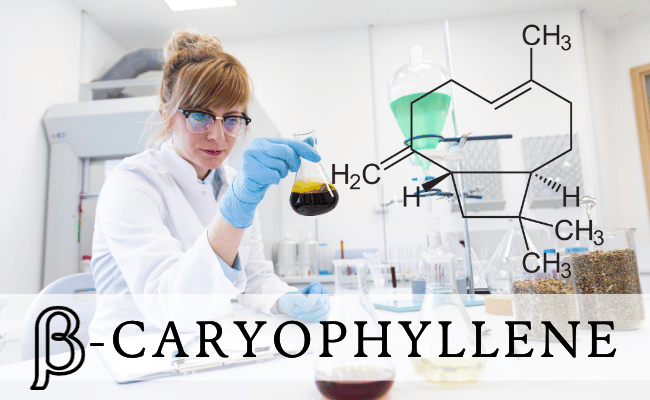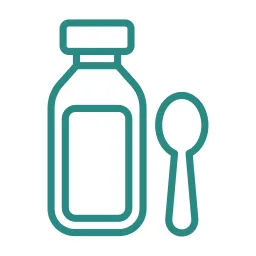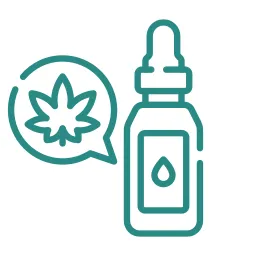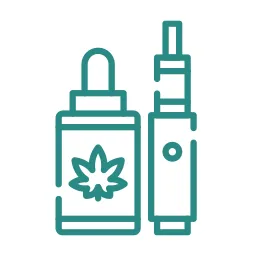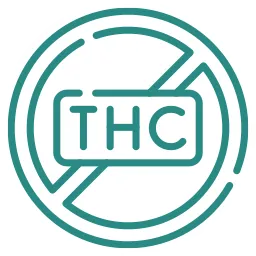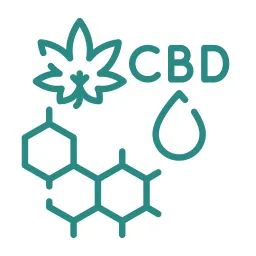Your heart, the diligent worker, has an alarm system – and that alarm is LDL cholesterol. When its levels rise, it’s a sign to pay attention. But understanding why and how to respond can feel overwhelming. This is where our guide steps in.
With evidence-based insights and actionable advice on LDL cholesterol, we aim to empower you for better heart health. Step inside to silence that alarm with confidence.
What is LDL?
LDL, or Low-Density Lipoprotein1, represents a type of cholesterol molecule vital to human biology. It is often dubbed the “vehicle” as it transports cholesterol, a waxy, fat-like substance, through the bloodstream.
While cholesterol is essential for cell building and hormone production, it becomes problematic when concentrated in the blood in excessive amounts.
What is LDL cholesterol?
LDL Cholesterol is the cholesterol carried by LDL. It is frequently termed as the “bad cholesterol,” not because of its intrinsic nature but due to its behavior when present in high quantities in the blood2. Elevated levels of LDL cholesterol can lead to plaque build-up on the arterial walls, restricting blood flow and potentially causing cardiovascular diseases.
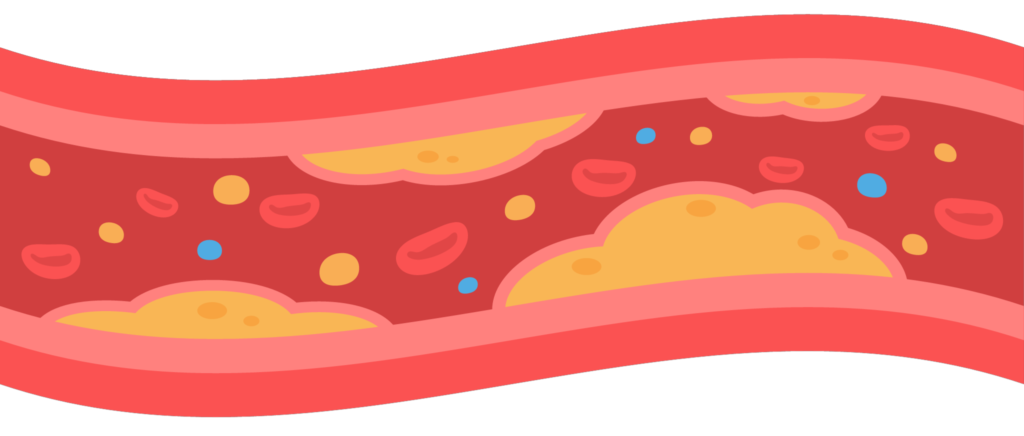
LDL cholesterol Levels
Recognizing your LDL levels is paramount in evaluating cardiovascular risks. Healthcare providers use this guideline for assessing LDL cholesterol are3:
| Age Group | LDL Cholesterol Level | Assessment |
|---|---|---|
| Children (0-9) | Below 100 mg/dL | Healthy |
| Adolescents (10-19) | Below 100 mg/dL | Healthy |
| Adults (20-65) | Below 100 mg/dL | Normal |
| Older Adults (65+) | Below 100 mg/dL | Normal |
| 100 – 129 mg/dL | Near optimal | |
| 130 – 159 mg/dL | Borderline high | |
| 160 – 189 mg/dL | High | |
| 190 mg/dL or above | Very high |
Regular monitoring and understanding of these levels are crucial for proactive health management.
Causes of High LDL cholesterol
Several factors contribute to high LDL cholesterol levels. These factors are split into two categories: controllable and uncontrollable.
Factors You Can’t Control:
- Genetics: A family history of high cholesterol can increase your risk. Familial hypercholesterolemia4, a genetic disorder, results in exceedingly high LDL cholesterol levels.
- Age and Gender: Post-menopausal women and older men tend to have elevated LDL levels due to hormonal and metabolic changes.
Factors You Can Control:
- Diet: Saturated and trans fats found in red meats, fried foods, and dairy products can raise LDL cholesterol.
- Physical Inactivity: Lack of exercise reduces the “good” HDL cholesterol, indirectly elevating LDL cholesterol.
- Obesity: A high body mass index (BMI) is linked to higher LDL cholesterol levels.
- Smoking: It lowers HDL cholesterol and damages arterial walls, making them susceptible to cholesterol build-up.
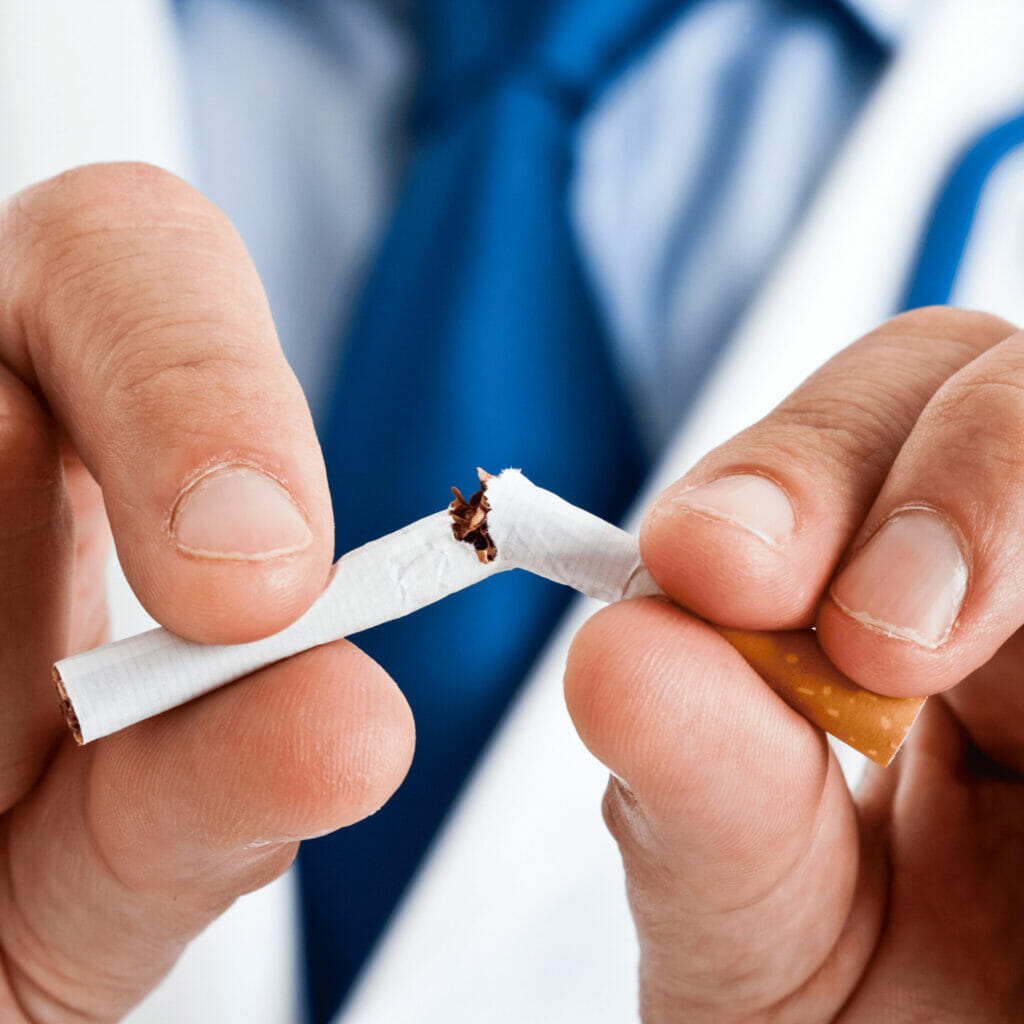
Symptoms of high LDL cholesterol levels
High LDL cholesterol itself doesn’t manifest noticeable symptoms. However, elevated LDL cholesterol contributes to conditions over time, and the symptoms stem from these conditions. Below are the disorders related to high LDL cholesterol and their respective symptoms:
- Atherosclerosis
- Description: A disease in which plaque, made up of fat, cholesterol, calcium, and other substances, builds up inside the arteries. Over time, these plaques harden and narrow the arteries, limiting the flow of oxygen-rich blood.
- Symptoms:
- Chest pain or angina
- Shortness of breath
- Fatigue with exertion
- Pain in the neck, jaw, upper abdomen, or back
- Chest pain or angina
- Description: A disease in which plaque, made up of fat, cholesterol, calcium, and other substances, builds up inside the arteries. Over time, these plaques harden and narrow the arteries, limiting the flow of oxygen-rich blood.
- Coronary Artery Disease (CAD)
- Description: Caused by atherosclerosis in the heart’s arteries. Plaque narrows the arteries, reducing blood flow to the heart muscle.
- Symptoms:
- Chest pain (angina) which may radiate to the arm, shoulder, jaw, or back
- Shortness of breath
- Heart palpitations
- Rapid heartbeat
- Dizziness or fainting
- Chest pain (angina) which may radiate to the arm, shoulder, jaw, or back
- Description: Caused by atherosclerosis in the heart’s arteries. Plaque narrows the arteries, reducing blood flow to the heart muscle.
- Peripheral Artery Disease (PAD)
- Description: Atherosclerosis affects the peripheral arteries, especially those of the legs.
- Symptoms:
- Painful cramping in the hip, thigh, or calf muscles after activity (claudication)
- Leg numbness or weakness
- Coldness in the lower leg or foot
- Sores on the toes, feet, or legs that won’t heal
- Painful cramping in the hip, thigh, or calf muscles after activity (claudication)
- Description: Atherosclerosis affects the peripheral arteries, especially those of the legs.
- Carotid Artery Disease
- Description: Atherosclerosis in the arteries that supply blood to the brain.
- Symptoms:
- Transient ischemic attacks (TIAs) or “mini-strokes”
- Sudden numbness or weakness in the face or limbs, often on one side of the body
- Trouble speaking or understanding
- Sudden vision issues or dizziness
- Transient ischemic attacks (TIAs) or “mini-strokes”
- Description: Atherosclerosis in the arteries that supply blood to the brain.
- Chronic Kidney Disease
- Description: A condition where the arteries supplying the kidneys are narrowed.
- Symptoms:
- Swelling of feet and ankles
- Fatigue and weakness
- Shortness of breath
- Nausea
- Persistent itching
- Swelling of feet and ankles
- Description: A condition where the arteries supplying the kidneys are narrowed.
These conditions and their symptoms underscore the importance of regular health screenings. Elevated LDL cholesterol silently affects the body, so it’s essential to maintain periodic check-ups. Should any of the above symptoms be observed, a healthcare consultation is advised.
Foods That Cause High LDL Cholesterol
Elevated LDL cholesterol can contribute to health concerns, and certain foods play a role in its increase.
- Red Meats
- Concern: High in saturated fats.
- Effect: Consuming large amounts of beef, lamb, or pork can increase LDL cholesterol due to their saturated fat content.
- Concern: High in saturated fats.
- Full-fat Dairy Products
- Concern: Rich in saturated fats.
- Effect: Dairy items, especially those from whole milk like cheese or butter, can raise LDL levels. It’s advised to choose low-fat options.
- Concern: Rich in saturated fats.
- Processed Foods with Trans Fats
- Concern: Contains harmful trans fats.
- Effect: Trans fats raise LDL and reduce beneficial HDL cholesterol. Many processed foods use these fats for extended shelf life.
- Concern: Contains harmful trans fats.
- Fried Foods
- Concern: Potentially high in unhealthy fats.
- Effect: Frequent consumption, especially when fried in unhealthy oils, can contribute to increased LDL cholesterol.
- Concern: Potentially high in unhealthy fats.
- Certain Baked Goods
- Concern: Can contain saturated and trans fats.
- Effect: Commercial pastries, cakes, and cookies might raise LDL levels due to the fats they contain.
- Concern: Can contain saturated and trans fats.
While some of these foods can be part of a balanced diet when consumed in moderation, excessive intake can influence LDL cholesterol levels.

Foods That Can Lower LDL Cholesterol
LDL cholesterol levels can be influenced by dietary choices. Certain foods have demonstrated the ability to assist in reducing LDL cholesterol.
- Oily Fish
- Benefit: Rich in omega-3 fatty acids.
- Effect: Consuming fish such as salmon, mackerel, and sardines can reduce LDL cholesterol. Omega-3s are known to decrease triglyceride levels and offer heart-protective benefits.
- Benefit: Rich in omega-3 fatty acids.
- Nuts
- Benefit: Source of healthy fats and fibers.
- Effect: Almonds, walnuts, and other nuts can help reduce LDL. They contain unsaturated fats and components like L-arginine that improve artery health.
- Benefit: Source of healthy fats and fibers.
- Olive Oil
- Benefit: Contains monounsaturated fats.
- Effect: Replacing saturated fats with monounsaturated fats, like those found in olive oil, can lower LDL cholesterol. Additionally, olive oil has antioxidants that protect the heart.
- Benefit: Contains monounsaturated fats.
- Oats and Whole Grains
- Benefit: High in soluble fiber.
- Effect: Consuming foods like oats, barley, and whole-grain bread can lower LDL. Soluble fiber reduces the absorption of cholesterol in the bloodstream.
- Benefit: High in soluble fiber.
- Legumes
- Benefit: Fiber-rich and plant-based protein source.
- Effect: Lentils, beans, and chickpeas can help lower LDL levels due to their high fiber content and beneficial nutrients.
- Benefit: Fiber-rich and plant-based protein source.
- Avocados
- Benefit: Packed with monounsaturated fats and fiber.
- Effect: Regular consumption of avocados can lead to reduced LDL levels, thanks to their beneficial fat content and additional nutrients.
- Benefit: Packed with monounsaturated fats and fiber.
Incorporating these foods into a balanced diet can support healthy cholesterol levels.
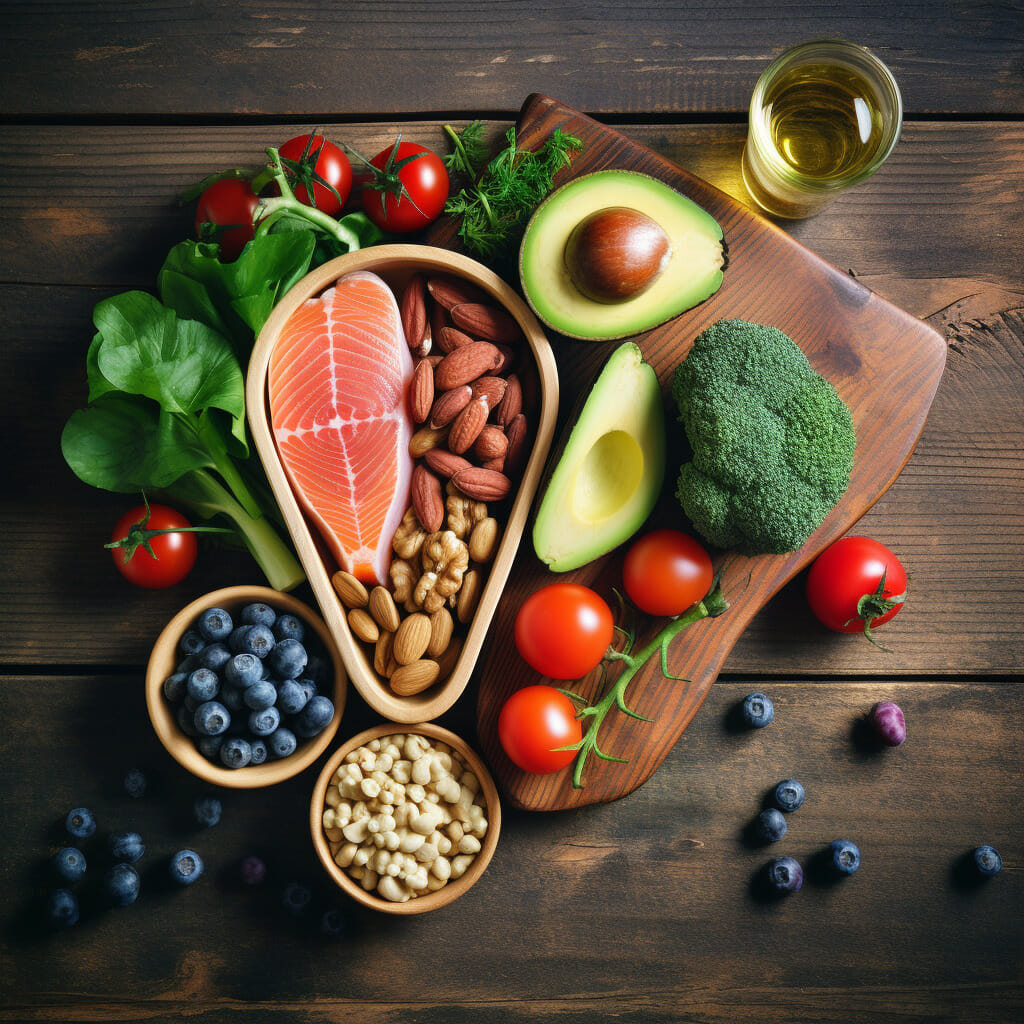
Tips to Lower LDL Cholesterol
Achieving and maintaining healthy LDL cholesterol levels requires a multifaceted approach. Let’s explore these strategies in a clear, succinct manner:
- Dietary Changes
- Omega-3 Fatty Acids: Found predominantly in oily fish like salmon, mackerel, and sardines, omega-3 fatty acids have been linked to a reduction in LDL cholesterol and overall cardiovascular risk.
- Soluble Fiber Intake: Foods rich in soluble fiber, such as oats, barley, beans, and lentils, can help lower LDL levels. This is due to fiber’s ability to bind cholesterol in the digestive system, reducing its absorption.
- Reduction in Saturated and Trans Fats: A diet high in trans or saturated fats can raise LDL cholesterol5. Saturated fats are mainly in fatty meats and full-fat dairy. The Department of Agriculture recommends 20–35% of daily calories from fats and suggests limiting saturated fat to under 10% of daily calories from age 26. Reducing the intake of red meats, full-fat dairy, and processed foods, and using healthier fats like olive oil, can better manage LDL cholesterol.
- Omega-3 Fatty Acids: Found predominantly in oily fish like salmon, mackerel, and sardines, omega-3 fatty acids have been linked to a reduction in LDL cholesterol and overall cardiovascular risk.
- Regular Exercise
- Recommendation: A consistent regimen of at least 150 minutes of moderate-intensity exercise per week can have a significant impact.
- Impact: Exercise not only aids in weight management but also helps increase the levels of ‘good’ HDL cholesterol, which can aid in the natural removal of LDL cholesterol from the bloodstream.
- Limit Alcohol Intake
- Moderation: While some studies suggest potential heart benefits of moderate alcohol consumption, the key is moderation. This typically means up to one drink a day for women and up to two drinks a day for men.
- Impact: Excessive alcohol can lead to a range of health issues, including raised LDL cholesterol.
- Moderation: While some studies suggest potential heart benefits of moderate alcohol consumption, the key is moderation. This typically means up to one drink a day for women and up to two drinks a day for men.
- Quit Smoking
- Health Benefit: Smoking cessation can lead to an improvement in HDL cholesterol levels and overall cardiovascular health.
- Impact: Tobacco smoke damages the walls of blood vessels, making them more prone to accumulations of fatty deposits.
- Health Benefit: Smoking cessation can lead to an improvement in HDL cholesterol levels and overall cardiovascular health.
While genetics and other uncontrollable factors play a role in LDL cholesterol levels, these actionable steps can influence a substantial positive change.
Treatments for High LDL Cholesterol
Elevated LDL cholesterol levels can pose significant health risks. The following outlines various treatments available to manage and reduce high LDL cholesterol levels.
- Statins
- Mechanism: Statins primarily function by obstructing a liver enzyme responsible for cholesterol production.
- Examples: Commonly prescribed statins include Atorvastatin (Lipitor), Rosuvastatin (Crestor), and Simvastatin (Zocor).
- Notable: Statins not only reduce LDL cholesterol but also have been shown to decrease overall cardiovascular risks, including heart attacks.
- Mechanism: Statins primarily function by obstructing a liver enzyme responsible for cholesterol production.
- Bile-Acid-Binding Resins
- Mechanism: These drugs operate by binding to bile acids in the intestine, leading the liver to use excess cholesterol to produce more bile acid.
- Examples: Cholestyramine (Questran), Colestipol (Colestid), and Colesevelam (Welchol) are among the known resins.
- Usage: Often used in conjunction with other cholesterol-lowering medications.
- Mechanism: These drugs operate by binding to bile acids in the intestine, leading the liver to use excess cholesterol to produce more bile acid.
- Cholesterol Absorption Inhibitors
- Mechanism: They limit the absorption of dietary cholesterol within the intestines.
- Example: Ezetimibe (Zetia) is a prime drug in this category.
- Combinations: Sometimes combined with a statin, this duo can be more effective in reducing LDL cholesterol.
- Mechanism: They limit the absorption of dietary cholesterol within the intestines.
- Injectable Medications
- Mechanism: These medications target specific proteins in the liver, enhancing its ability to remove LDL cholesterol from the blood.
- Examples: Drugs in this category include Evolocumab (Repatha) and Alirocumab (Praluent).
- Suitability: Primarily considered for individuals with a genetic condition affecting cholesterol or those not responding to other treatments.
- Mechanism: These medications target specific proteins in the liver, enhancing its ability to remove LDL cholesterol from the blood.
It’s essential to consult with a healthcare professional to determine the most appropriate treatment for individual LDL cholesterol concerns and to understand potential side effects and interactions.
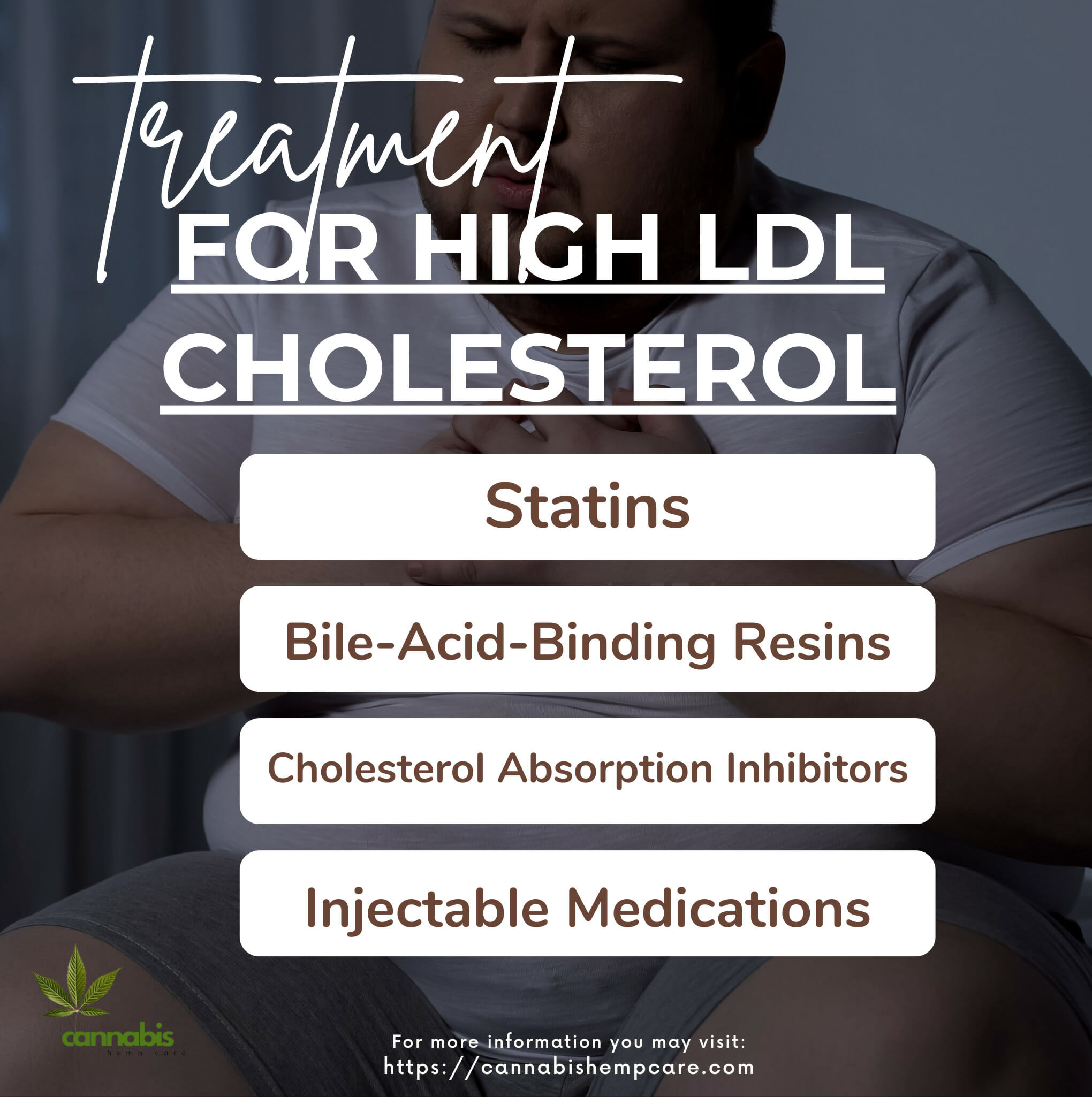
Final Thoughts
Understanding LDL cholesterol is vital for proactive health management. High LDL levels can lead to severe cardiovascular issues, but by making dietary changes, adopting regular exercise, moderating alcohol intake, quitting smoking, and considering medical treatments like statins or bile-acid-binding resins when necessary, individuals can take control of their cholesterol levels and reduce their risk of heart disease. Regular check-ups and monitoring are essential to maintain optimal health.
FAQs
Sources
- CDC. “LDL and HDL Cholesterol: “Bad” and “Good” Cholesterol.” Centers for Disease Control and Prevention, 2020, www.cdc.gov/cholesterol/ldl_hdl.htm#:~:text=LDL%20(low%2Ddensity%20lipoprotein). Accessed 1 Oct. 2023. ↩︎
- Hoffman, Matthew. “LDL: The “Bad” Cholesterol.” WebMD, WebMD, 3 Nov. 2008, www.webmd.com/heart-disease/ldl-cholesterol-the-bad-cholesterol. Accessed 1 Oct. 2023. ↩︎
- “LDL Cholesterol: What It Is & How to Lower It.” Cleveland Clinic, 27 Oct. 2022, my.clevelandclinic.org/health/articles/24391-ldl-cholesterol. Accessed 1 Oct. 2023. ↩︎
- Yasaman Pirahanchi, and Martin R Huecker. “Biochemistry, LDL Cholesterol.” Nih.gov, StatPearls Publishing, 16 Jan. 2019, www.ncbi.nlm.nih.gov/books/NBK519561/. Accessed 1 Oct. 2023. ↩︎
- “LDL Cholesterol: What It Is and How to Lower Its Levels.” Www.medicalnewstoday.com, 29 Apr. 2021, www.medicalnewstoday.com/articles/ldl-cholesterol#possible-causes. Accessed 1 Oct. 2023. ↩︎
- Dietary Guidelines for Americans. “Dietary Guidelines for Americans, 2020-2025 and Online Materials | Dietary Guidelines for Americans.” Www.dietaryguidelines.gov, 2020, www.dietaryguidelines.gov/resources/2020-2025-dietary-guidelines-online-materials. Accessed 1 Oct. 2023. ↩︎

